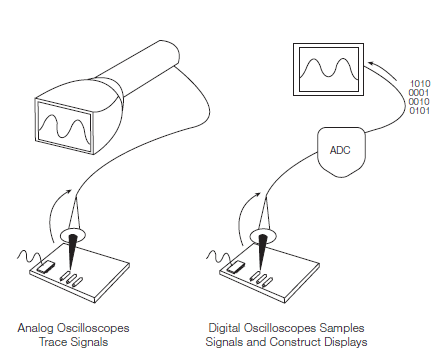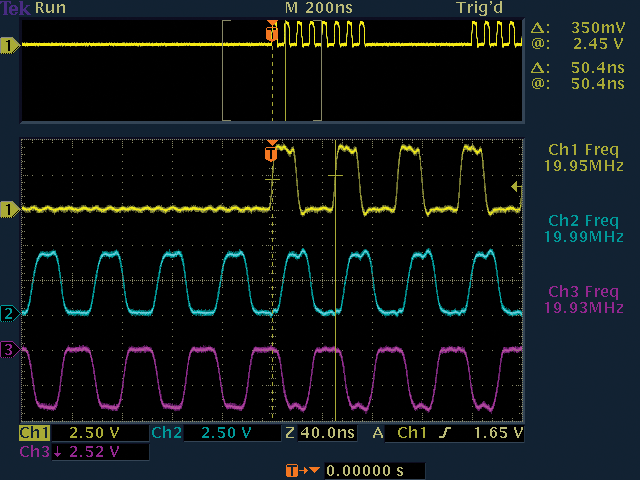
- #Smexoscope vs analog oscilloscope how to
- #Smexoscope vs analog oscilloscope Patch
- #Smexoscope vs analog oscilloscope series
The second method is not only faster and easier to program, it is also less CPU-intensive (you do not need to set high oscillator resolution for smooth results).
#Smexoscope vs analog oscilloscope series
The first method emulates PWM by scanning through a series of pulse waves with different duty cycles (widths). Zebra2 offers several alternative methods of achieving similar results.Being obsessive about even the basics can make synthesizer sound design deeply satisfying-just like any other art form.Head to head comparison: perfect triangle vs FMO fin.Note the slight ripple at the top/bottom of the wave.Select FMO mode FM self2 (+), turn FM depth up to where it sounds sweetest.Create an FMO, initially a sine wave (very pure), add vibrato.Add vibrato, control the depth via modulation wheel.Set Tune (global transposition) to zero.Load the Tri-Saw-Pulse oscillator module preset, select Wave #1.Perhaps I am slightly synaesthetic, but playing the FMO-based fin instead of HP-filtered triangle or Wave #1 from initialize makes my cheap-and-cheerful plastic keyboard feel more ‘silky’.

#Smexoscope vs analog oscilloscope Patch
You might say “a triangle is a triangle is a triangle”, but when synthusiasts hotly debate the merits of this or that filter, surely the same kind of passion should be applied to the root source of most synthesizer sounds-the oscillator and its waveform? I have not actually taken a peek at the spectral composition of the fin wave, but looking at the waveform in an oscilloscope reminds me of a high-pass filtered triangle.Īlthough the latest initialize patch includes a kind of fin (Wave #1), this tutorial video shows you a method that uses an FMO (FM oscillator)-which is how I originally stumbled upon that waveform. Only a small fraction of parameters actually available in those few modules were adjusted here-so try all the others and see how far you can take the sound without adding any more modules. Note that these steps do not slavishly follow details of the TB303 hardware.


#Smexoscope vs analog oscilloscope how to
you learn how to make the most of Zebra2.you leave more free modules for future tweaks / additions.your patch is relatively easy to understand (e.g.your patch is not unnecessarily CPU-hungry.Make a habit of using no more modules than you really need, so that… just because they are available is not such a good idea. Filling the grid with little red blocks may make the patch seem more interesting, but adding modules without a specific purpose i.e.


 0 kommentar(er)
0 kommentar(er)
